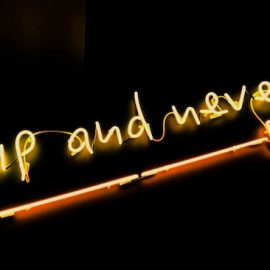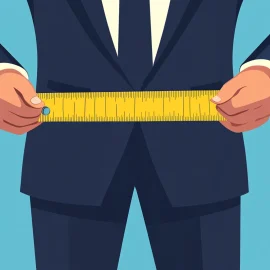

This article is an excerpt from the Shortform book guide to "Originals" by Adam Grant. Shortform has the world's best summaries and analyses of books you should be reading.
Like this article? Sign up for a free trial here .
What is the best way to test a business idea? Why is it important to run your ideas by others?
People are poor judges of their own ideas. That’s why the best way to test a business idea is to run it by others with relevant domain expertise.
Here’s how you can test a business idea in the most impartial and dispassionate way.
The Best Way to Test a Business Idea
We generally all suffer from overconfidence in our own abilities. Like the Lake Wobegon effect, we tend to believe we and our ideas are better than they really are, and we find it hard to let go of our favorite ideas. When confronted with opposing evidence, we fall prey to confirmation bias, more readily accepting evidence that reinforce our prior beliefs. And we falsely believe that a new idea is unique and immune from criticism for previous failures – those were bad ideas, this one is different.
Instead, test your business ideas with believable colleagues and with your target audience. Colleagues have the benefit of domain expertise (making them credible evaluators) and lack of a personal stake in your idea (preventing them from being risk-averse and closed to new ideas). Therefore, they’re the best positioned to point out flaws in your idea, which you should openly consider without being defensive or biased.
Similarly, your target users will openly tell you how your idea will fit into their lives and whether it might be pointless. (However, it’s important that users be observed in a natural environment, rather than a focus-group like setting, where they have an artificially heightened sense of criticism.)
When inverted, the traits that make your colleagues so accurate also make others deceptively poor evaluators.
- Someone with deep domain expertise in one area can get overconfident in other areas, ignoring that her expertise doesn’t transfer over. This is exacerbated if the environment is changing rapidly, so that prior experience points in the wrong direction. Her intuition is no good here; deep thorough analysis is required instead.
- A personal stake in an idea’s success (eg a manager) exposes one to a host of biases (confirmation, sunk cost, consistency) and make them risk averse.
- People who rely too much on their intuition also get swayed by shows of external passion, which may not be a good predictor of internal passion or success in general.
Many evaluators also suffer from analysis by analogy – comparing a new idea to previous successes. If a new idea differs from previous successes, it seems less likely to work (a false negative error). For this reason, Seinfeld was rejected for being too un-sitcom-like; Harry Potter was rejected for being too long for a kid’s book. Likewise, it’s easy to make false positive mistakes when new ideas superficially resemble previous successes (Shortform note: like the broad failure of Uber for X startups).
Example: Segway’s Failure
Segway is a two-wheeled transportation product developed by repeatedly successful inventor Dean Kamen, and lauded/invested in by Steve Jobs, Jeff Bezos, and John Doerr. All these people drastically overestimated the potential of the product. The investors suffered hubris stemming from their massive achievements in their own fields, not realizing it made them inaccurate in assessing transportation; they analogized the Segway to the success of past disruptive technologies without peering into the fundamentals of price performance and user need. Similarly, Dean was buoyed by his previous successes.
Furthermore, Kamen is considered by some to be less an entrepreneur who discovers problem spaces and more an inventor who can solve problems given to him. When developing the Segway, he became enamored with the technology and tried to find a nail for the hammer. He kept it tightly under wraps, believing it was so valuable that it needed to be kept secret. By the time they exposed it to potential customers, it was too late to reverse course.
(Shortform note: In the end, experience is a fine balance. You need enough to credibly evaluate an idea and know how to execute; you need sufficiently little to avoid getting stuck in dogmatic paradigms. You can try to walk the tightrope yourself, but you would certainly benefit from exposing it to many believable critics.)

———End of Preview———
Like what you just read? Read the rest of the world's best book summary and analysis of Adam Grant's "Originals" at Shortform .
Here's what you'll find in our full Originals summary :
- How to generate innovative ideas
- Why quantity is the key to quality
- How rules can inhibit a child's originality






